Nomura-Ke Samurai House
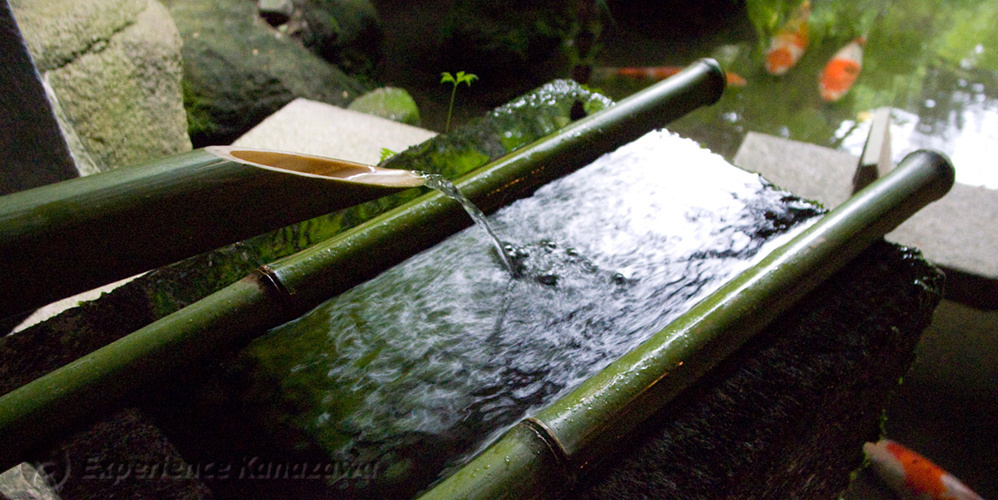
Traces of a civilization gone
The refinement of resting samurai during the Edo Period
The Nomura clan estate in Kanazawa
There are not so many cities where one can catch so many glimpses of pre-modern Japan such as in Kanazawa. Just like Kyoto and the mountainous town of Takayama not far from here, the capital of Ishikawa prefecture managed to partly preserve the atmospheres of its long and rich history. Taken over in 1583 by Maeda Toshiie, a companion of Toyotomi Hideyoshi, the war lord who was finally able to unify politically Japan under his rule, the castle town of Kanazawa would remain the center of a feudal domain blessed with an enduring prosperity.
The Nagamachi district recalls the grandiose samurai residences, estates provided to their vassals by the Maeda lords, places that once covered up vast areas of the town. One finds himself captured in time as they stroll along traditionally stone paved streets, moving between the traditional ocher clay earthen walls that enclose many elegant estates, covered with shingled roofs. Beautiful as they are, it should be mentioned that only a few of these magnificent houses have been standing since the old days. Still, those who are opened to visitors are nevertheless worth seeing.
By Alexandre Leroi Cortot; Published: April 30, 2011

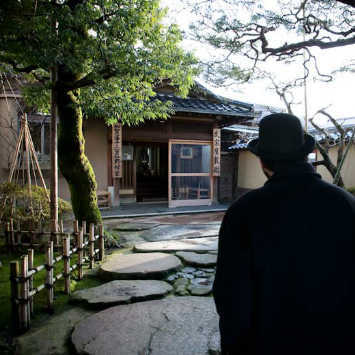
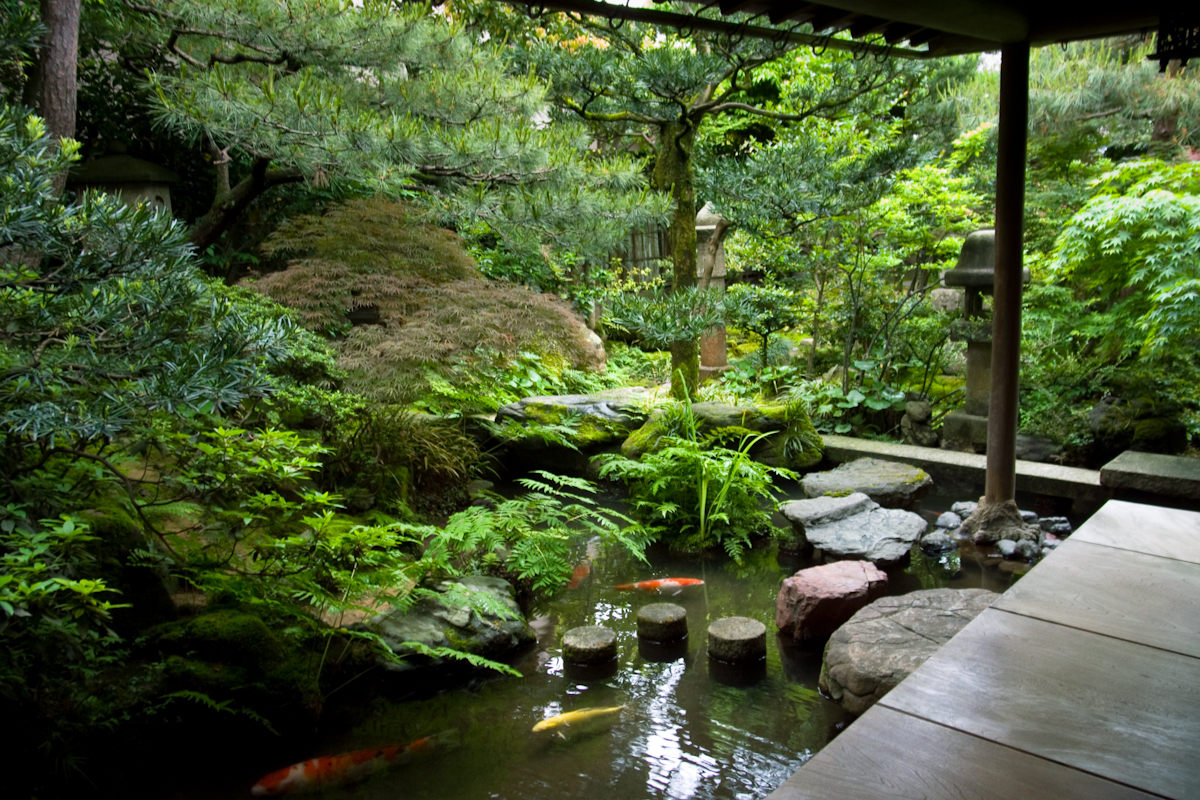
The house gives a good idea of the life-style of samurai during the Edo period, when Japan was secluded from the outside world
The house gives a good idea of the life-style of samurai during the Edo period, when Japan was secluded from the outside world. The pacification of Japan gradually led the samurai warriors to escape their social uselessness and compete in the fields of art and savoir-vivre. This is particularly evident in the estate’s drawing room, which enlightens the elegance of cypress wood frameworks, allied with exquisite motives designed in rosewood and ebony. Sculpted persimmon wood motifs are used to keep the framework’s nails out of sight, and the doors show masterfully painted landscapes by Sasaki Senkei, a highly reputed artist from the end of the 17th century. The Nomura sought for further refinement by using paulownia for the design of alcove panels and Indian ironwood frames, features which were fairly unusual for the time, for the sliding thick-paper doors that open up the room to the garden.
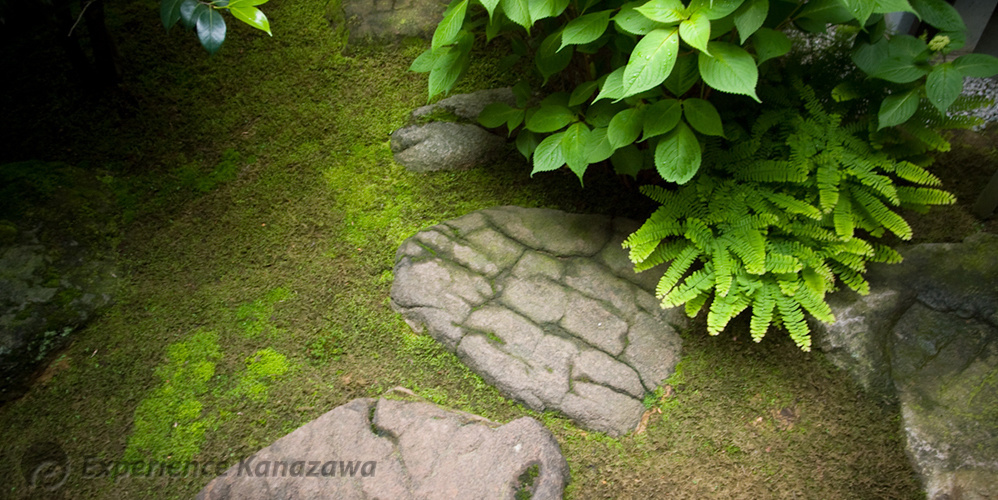
That many aspects of the nation’s reputation for esthetical refinement largely came out of the samurai class is a striking topic in Japanese studies.
That many aspects of the nation’s reputation for esthetical refinement largely came out of the samurai class is a striking topic in Japanese studies. The Nomura house largely testifies of such an apparent paradox. One catches the essence of the Edo period through the link that unites the general refinement of the house with the outfits of the war lords, which can now been seen in the adjoining museum room. From the armors and the swords to the coins and maps that adorn the room, they evoke the political background of the time, as much as the mushakakure space, where guard men would hide and prepare to protect their lord against any assailants. In the fleeting world of Edo, even in the calm and serenity of such grandiose esthetical arrangements, the threat of violence could always crop up. All the Japanese sense of beauty lies in this feeling of precarious and ephemeral tranquility.
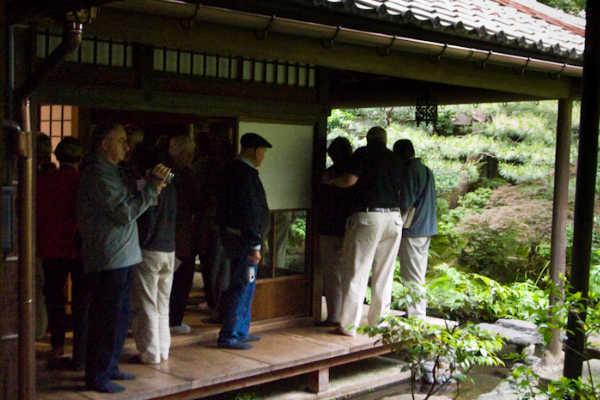
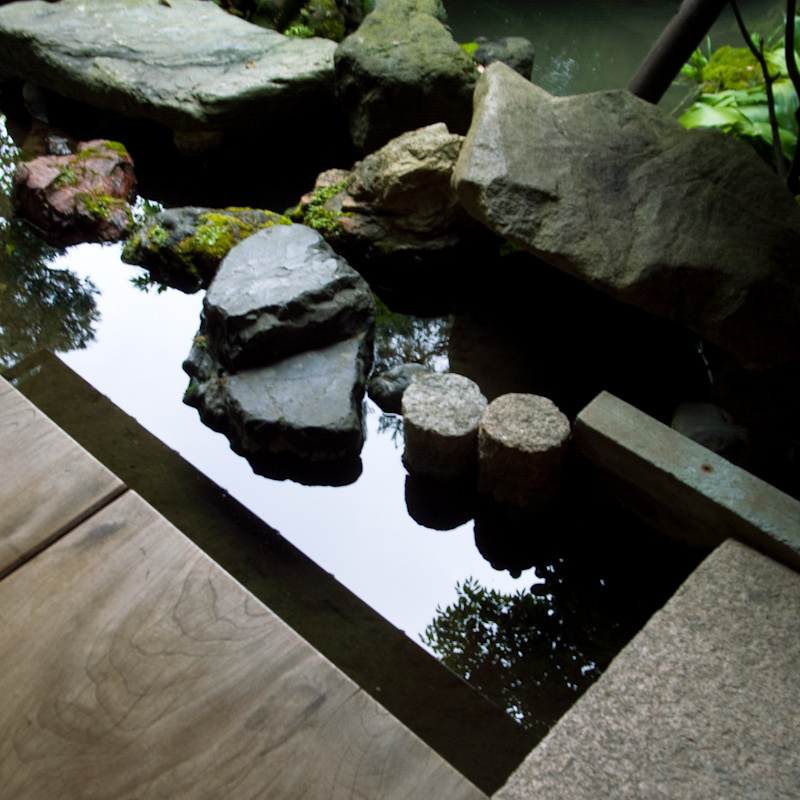

Nomura-Ke: 1-3-32, Nagamachi, Kanazawa
Open: 8:30-17:30 (Apr - Sep); 8:30-16:30 (Oct - Mar); closed Dec. 26 and 27
Admission: ¥550; Hight school student (aged 16-18): ¥400; children (aged 7 - 15) ¥250
Kanazawa Area
Kenrokuenn Garden
Following Matsuo Bashô’s steps in Ishikawa - 1/6 [Introduction]
Following Matsuo Bashô’s steps in Ishikawa - 2/6 [Kanazawa]
Noto Area
Mitsukejima Island
Kaga Area
Following Matsuo Bashô’s steps in Ishikawa - 3/6 [Komatsu City]
Following Matsuo Bashô’s steps in Ishikawa - 4/6 [Natadera Temple]
Following Matsuo Bashô’s steps in Ishikawa - 5/6 [Yamanaka Onsen Town]
Following Matsuo Bashô’s steps in Ishikawa - 6/6 [Daishoji District]
Rosanjin in Yamashiro Onsen Town
Stroll Kanazawa in Rental Kimono - 1/2 [Kimono Rental]
Stroll Kanazawa in Rental Kimono - 2/2 [Kimono Stroll]
January
Enyukai: Geisha Party
February
Setsubun-Sai Festival
AUGUST
Issaki Hoh-Toh Matsuri
November
Enyukai: Geisha Party

